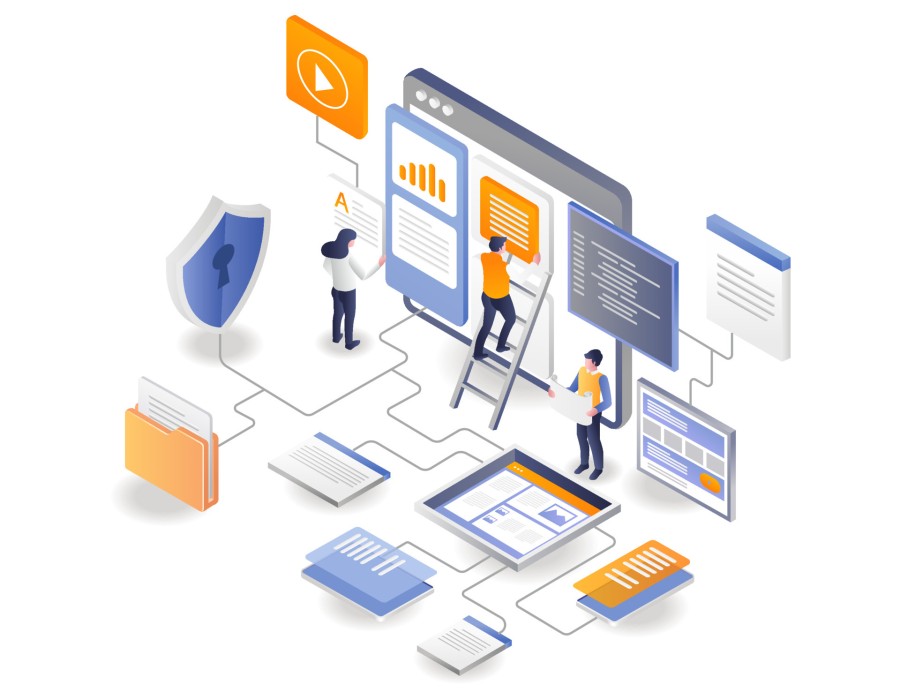In today's competitive business landscape, having a well-developed mobile application can be a game-changer for companies seeking to enhance their operations and engage with customers more effectively. However, the process of app development can be complex and challenging without proper planning and execution. To ensure a seamless app development journey for business solutions, consider these five essential steps:
1. Define Clear Objectives and Requirements
Before embarking on app development, it's crucial to define clear objectives and requirements for your business solution. Identify the problem you're trying to solve or the opportunity you're aiming to capitalize on with the app. Determine the target audience, key features, functionalities, and desired outcomes. By having a clear roadmap from the outset, you can streamline the development process and avoid unnecessary delays and revisions later on.
2. Choose the Right Development Approach
When it comes to app development, there are various approaches to consider, including native, web, and hybrid development. Evaluate the pros and cons of each approach based on your specific needs, budget, timeline, and target platforms. For example, native development offers the best performance and user experience but may require separate codebases for different platforms. On the other hand, hybrid development allows for cross-platform compatibility but may sacrifice some performance and features.
3. Focus on User Experience (UX) and User Interface (UI) Design
User experience (UX) and user interface (UI) design play a crucial role in the success of any mobile application. Invest time and resources in creating an intuitive, user-friendly interface that aligns with your brand identity and resonates with your target audience. Conduct usability testing and gather feedback from stakeholders to refine the design and ensure a seamless user experience across all touchpoints.
4. Implement Agile Development Methodology
In today's fast-paced business environment, agility is key to staying ahead of the competition and adapting to changing market dynamics. Adopting an agile development methodology allows for iterative development, frequent testing, and continuous improvement throughout the app development lifecycle. Break down the project into smaller, manageable tasks or sprints, and prioritize features based on their importance and impact. By embracing agility, you can respond to feedback and market changes more effectively and deliver a high-quality app that meets user expectations.
5. Perform Thorough Testing and Quality Assurance
Testing and quality assurance are critical steps in the app development process to identify and address any issues or bugs before launch. Conduct comprehensive testing across various devices, operating systems, and network conditions to ensure compatibility and performance. Test for functionality, usability, security, and performance to deliver a seamless and reliable app experience for users. Additionally, consider implementing beta testing with a select group of users to gather feedback and make final adjustments before releasing the app to the broader audience.
Conclusion
Seamless app development for business solutions requires careful planning, execution, and attention to detail. By defining clear objectives and requirements, choosing the right development approach, focusing on UX/UI design, implementing agile methodology, and performing thorough testing and quality assurance, you can ensure the successful delivery of a high-quality mobile application that drives business growth and enhances customer satisfaction.





Comments